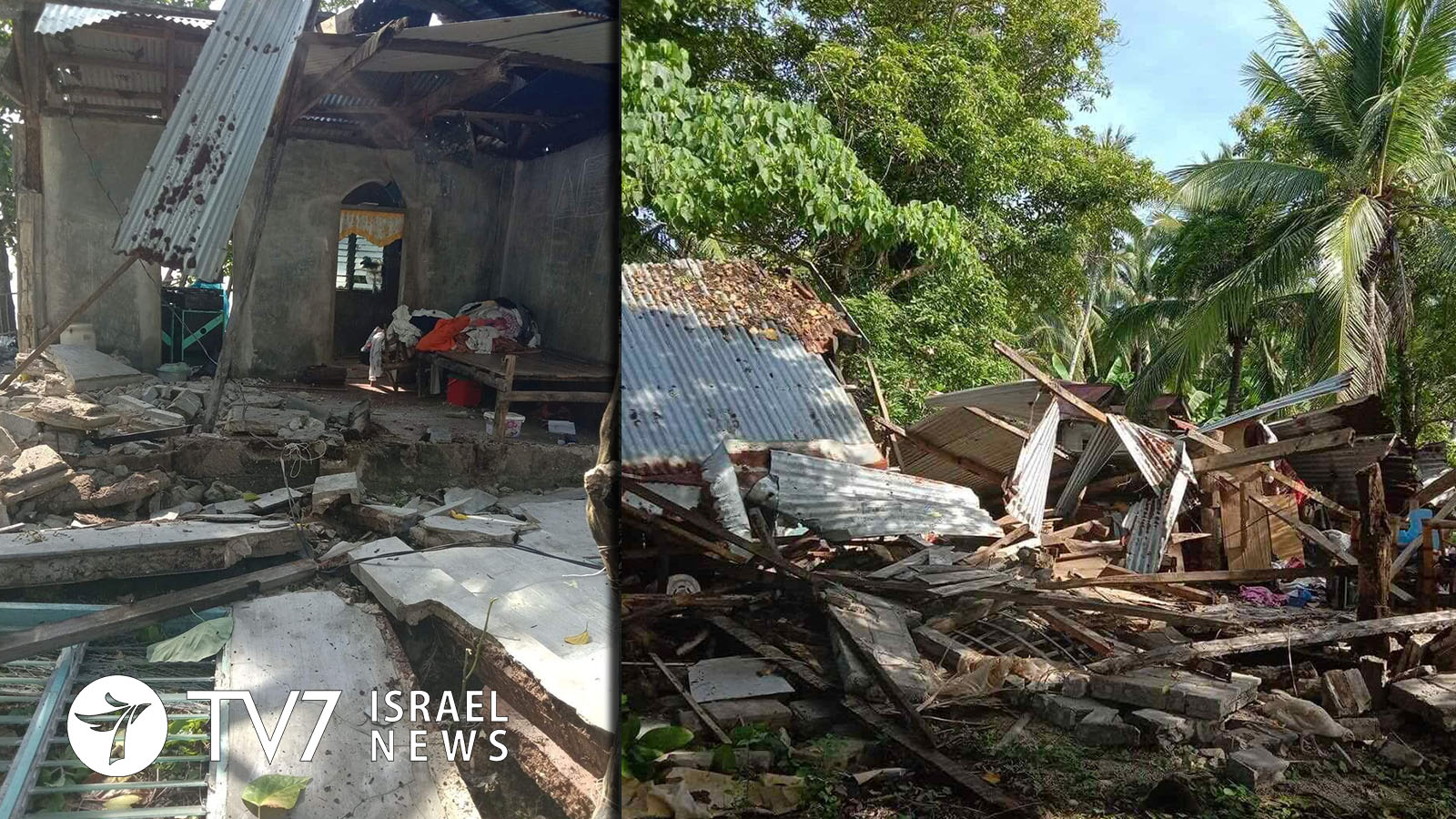The Philippines is recovering from the strongest earthquake in 8 months which struck on Tuesday (18 August). The Southeast Asian Republic lies on the “Ring of Fire,” which is a seismically active belt of volcanoes circling the Pacific Ocean. The 6.6 magnitude quake (M6.6) killed at least one man, a retired police colonel, who died when his 3-story house collapsed. 4 others suffered minor injuries. Roads and buildings were damaged, including a hospital and a sports complex being used as a novel coronavirus quarantine center.
Two other strong earthquakes hit Benkulu in southern Sumatra, Indonesia yesterday morning (19 August). A 6.8 magnitude (M6.8) earthquake occurred 139 km WSW of Bengkulu at 05:23; followed just 6 minutes later by a M6.9 earthquake, 126 km WSW of Bengkulu, according to the United States Geological Survey (USGS).
The USGS is leading authority on earthquake activity worldwide and operates in conjunction with the National Earthquake Information Center (NEIC) in Golden, Colorado to identify and determine the location and magnitude of global earthquakes.
Another prominent authority is the European-Mediterranean Seismological Centre (EMSC). According to its website, the EMSC was founded in 1975 upon recognition that “the European-Mediterranean region displayed a potentially dangerous seismic activity” and “for reasons of protection of society and evaluation of earthquake danger, it was necessary that a scientific body undertook the very rapid (close to real- time) determination of these destructive earthquakes.” This institute is supported by the European Seismological Commission (ESC), the International Association of Seismology and Physics of the Earth’s Interior (IASPEI) and the the International Union of Geodesy and Geophysics (IUGG).
As an international, non-governmental, and non-profit association, the EMSC promotes seismological research and operates an “Earthquake Alert System” for potentially damaging earthquakes in the Euro-Med region that includes identification of the epicenter of the incident within the hour, followed by relevant safety notifications. It also provides the Council of Europe (CoE) with seismic warnings to help with “the prevention of, protection against, and organization of relief in major natural and technological disasters.”
In addition, EMSC information services include official earthquake apps for smart phones iOS.
It is a breathtaking endeavor to take account of seismic activity over the past week. There were 211 earthquakes that registered M4.0 or higher worldwide and 230 in Euro-Med region of all magnitudes.
Within the past 48 hours, there were 69 worldwide with 4.0+ magnitude and 67 in the Euro-Med overall.
Just in the past day alone – and the numbers are still rising as of this writing – there have been 29 worldwide with 4.0+. There have been 39 total in the Euro-Med, ranging from M2.9 – M2.0 from Turkey to the Canary Island in Spanish territory.
As noted in previous TV7 articles, one of the major causes of earthquakes are seismic waves along geological fault lines caused by friction created by constant motion of the planet Earth. The severity of an incident is determined by the relative speed of such motion.
Israel is fortunate to be located on the Sinai Minor Plate which shifts at a relatively slow annual rate of about a half-centimeter; similar to movement of the Arabian Plate on which Jordan, Syria and Saudi Arabia are situated.
According to data from the Seismology Division of the Geological Survey of Israel (GSI), the most recent earthquake felt in Israel was relatively minor. “Event 20200822089” occurred in the Galilee region at 8:40:24 a.m. on 11 August. 3.3 magnitude tremors and a 9 km depth were felt, with no reported injury or damage.
Israel’s Inter-Ministerial Steering Committee for Earthquake Preparedness nevertheless remains vigilant supervises all aspects pertaining to preparation for earthquakes and tsunamis. Steering Committee Director Amir Yahav stated that earthquakes are such a “great concern in Israel” that “according to government resolutions it is the second most dangerous scenario (after war scenario).”
The relative motion in Turkey, which lies on the North Anatolian Fault, is 5 times higher than that of Israel. There were 13 separate earthquakes in Turkey or off its immediate shores, ranging between 2.0 and 3.8 on the Richter Scale yesterday. There was another M2.2 on the Turkish border with Iran, and a M4.2 in Southern Iran. A 4.7 rocked Crete, Greece.
Additional information about specific locations and magnitudes of the most recent earthquakes in Central Asia can be found listed on the Seismic Monitor of the Incorporated Research Institutions for Seismology (IRIS).
— By Erin Viner
